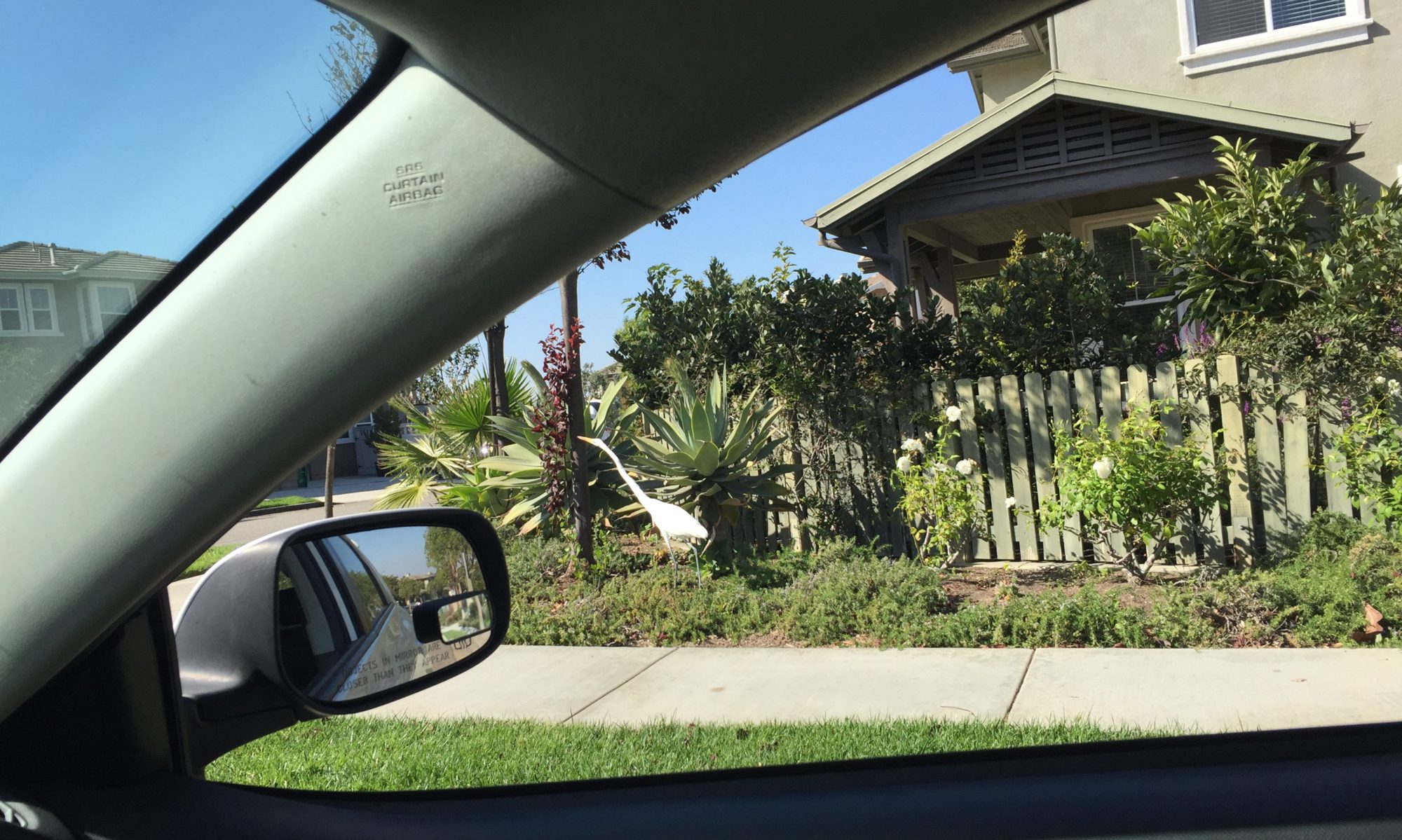Capitachouane, Saskatchewan: tchewan means river.
But capita- tasse de thé, like glaucotomous Tom Brown
swore in slurred sawmill French in the wobbly bar-car?
I pictured his ponderously drunk bulk hunched over
some pre-Columbian infusion, gnat-ridden respite
from knee-numbing hours down the river.
I wondered: could the next tchewan over indeed be
where he said trappers piss in December, a amber
stain in the vein of white water turned to ice
– an Amerindian kenning? Algonquin would
then have words for morning mist over water,
wafting aura of the Tchewan-Geist to whom
we poor, upright, wide-eyed humans in the smoky
clearing on the sandy bank smell metallic, sour,
agglutinations for concentric rings beaten out by moths
fallen on the smooth shoulder of the tchewan, symmetry
in the midst of plenty which takes us all in like pike.
But hadn’t cunning Tom Brown smiled then spoken English
to his son, the same urchin who’d sat on the styrofoam
ice-chest in front of the coke sign watching us load the iron-horse
with our fiberglass birchbarks, our nylon backpacks
chock-full of dehydrated fruit, glucose and peanut butter?
< Memory the Mockingbird. An earlier version is one of my rare paper-published poems: The Beloit Poetry Journal, fall, 1979, p. 35.
***
In 1974 in a train in the Abitibi in Québec, an Amerindian named Tom Brown told me in French that the Capitachouane, the river I was about to spend eight days canoeing down, meant course-of-water-where-one-stops-for-tea. It was the “Cup-of-tea Tchewan”. For a hundred miles of river, camper’s porridge and especially ceremonial tea, I believed him.
When I was fourteen the local YMCA took us on a two-week canoe trip from Houston to the Rainy River district of NW Ontario, north of Minnesota. I remember being intrigued by entering another country that wasn’t Mexico, where I had been the year before on family vacation. I had no inkling I would return to Canada in 1969 and live most of my life there. That I might in 1974 take another canoe trip, this time in Québec, was beyond any ken.
So the parameters were set, the ones which led me to the final scholarly project in my motley career in academia: Making Wawa: The Genesis of Chinook Jargon. In it I had my say.
Below is its blurb:
A two-edged sword of reconciliation and betrayal, Chinook Jargon (aka Wawa) arose at the interface of “Indian” and “White” societies in the Pacific Northwest. Wawa’s sources lie first in the language of the Chinookans who lived along the lower Columbia River, but also with the Nootkans of the outer coast of Vancouver Island. With the arrival of the fur trade, the French of the engagés or voyageurs provided additional vocabulary and a set of viable cultural practices, a key element of which was marital bonding with Indian and métisse women. These women and their children were the first fluent speakers of Wawa.
After several decades of contact, ensuing epidemics brought demographic collapse to the Chinookans. Within another decade the region was radically transformed by the Oregon Trail. Wawa had acquired its present shape, but lost its homeland. It became a diaspora language in which many communities seek some trace of their past. A previously unpublished glossary of Wawa circa 1825 is included as an appendix to this volume.
Making Wawa will attract the attention of linguists, especially those involved in contact linguistics and the languages of the Pacific Northwest. It will also interest historians and other scholars interested in Native and gender studies, cross-cultural conflict, and transculturation.
